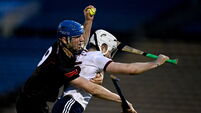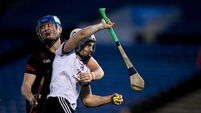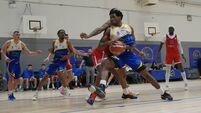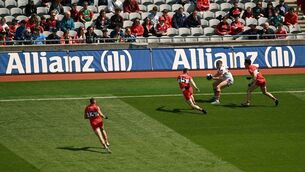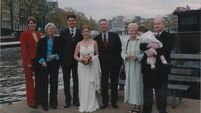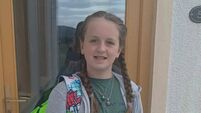When sporting events become political protests

In the 1880s, for example, while the Land War rumbled on, the hunting of the elite of Irish society was impeded by tenant farmers seeking to establish their right to land ownership. Dogs were poisoned and the passage of the hunt through various areas were impeded.
Indeed, in the 1880s, the very establishment of the Gaelic Athletic Association (GAA) was, in part, an act of political protest. Some of the motivation of the founders of the Association related to the establishment of an ‘Irish’ sporting body as a reaction against the perceived ‘Englishness’ or ‘Britishness’ of those organisations who controlled the sports of the Empire.


